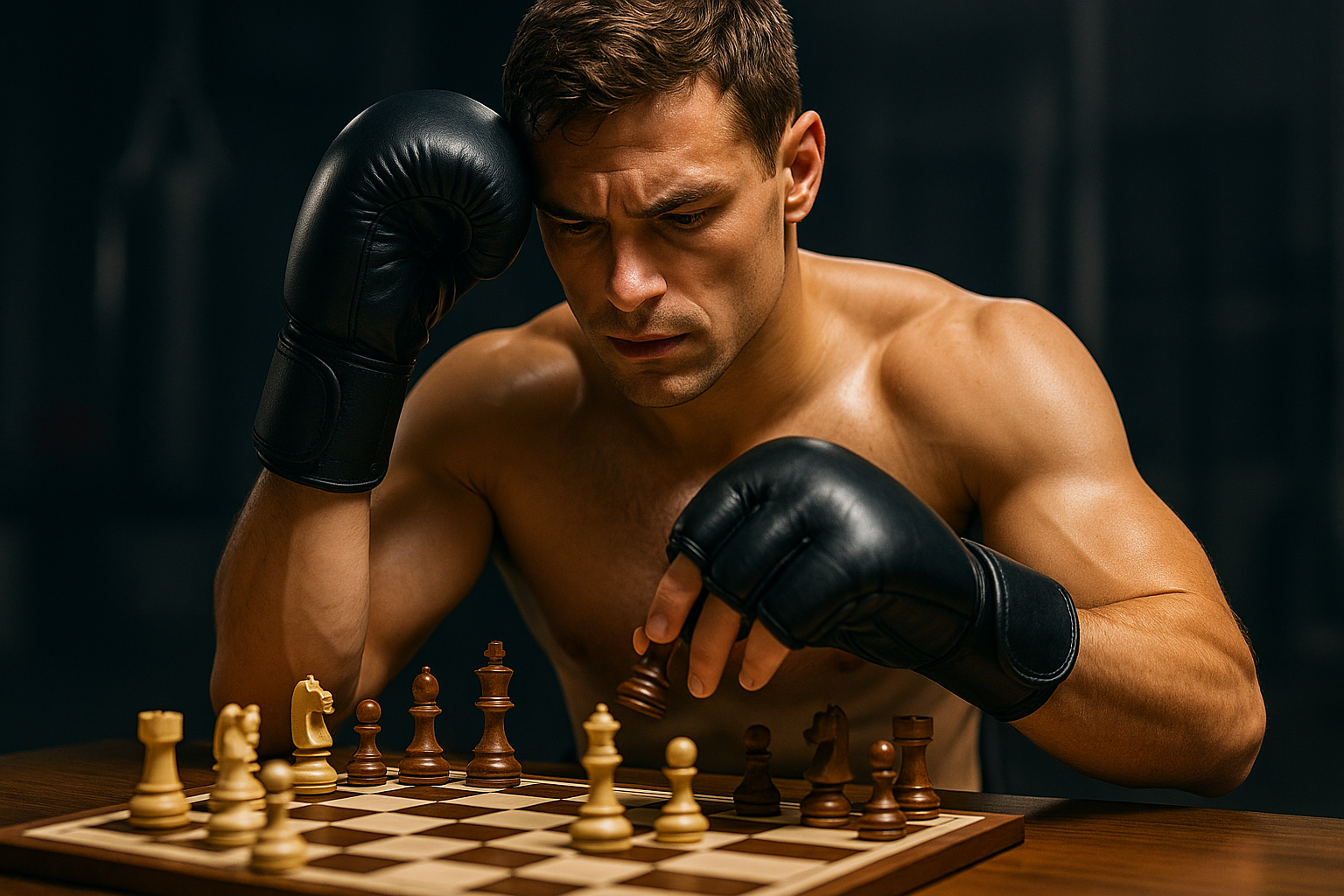The Intriguing Intersection of Chess and Sports
Imagine a world where mental agility is as important as physical prowess, and strategic thinking becomes the cornerstone of victory. This is the fascinating realm where chess and sports intersect, a unique fusion that challenges our traditional understanding of athleticism.

A Game of Kings and Athletes
Historically, chess has been celebrated as a game of intellect and strategy. Its roots trace back to the 6th century in India, where it was known as ‘chaturanga’. The game quickly spread to Persia and eventually to the Islamic world, before becoming a staple in European courts and households.
Throughout the centuries, chess has been seen as a cerebral pursuit. However, the 20th century brought a shift in perception. With the advent of professional chess circuits and high-stakes tournaments, the physical demands of the game started to be recognized.
The Physicality of Chess
Contrary to the common perception, chess is not merely a mental game. A high-stakes match can last several hours, requiring immense concentration, endurance, and mental stamina. Players can burn significant calories during matches, almost equivalent to a professional athlete during a competitive game.
According to a study by Robert Sapolsky, a neuroendocrinology professor at Stanford University, during intense chess matches, players can experience physical stress akin to running a marathon. This has led to an increasing number of top chess players integrating physical fitness into their training regimes.
The Strategy Behind the Game
In addition to the physical aspects, the strategic elements of chess substantially overlap with those in traditional sports. The ability to anticipate an opponent’s moves, devise a winning strategy, and adapt to changing circumstances are all shared traits between chess and many sports disciplines.
The mental agility demanded by chess can benefit athletes in various fields. For instance, football players can improve their strategic thinking and decision-making abilities by learning chess. Similarly, tennis players can enhance their focus and concentration.
Chessboxing: A Unique Fusion
Chessboxing offers a compelling example of the intersection of chess and sports. This hybrid sport combines the mental challenge of chess with the physical exertion of boxing in alternating rounds. The winner is determined by either a knockout in the boxing round or a checkmate in the chess round.
Launched by Dutch artist Iepe Rubingh in 2003, chessboxing has gained popularity worldwide, revealing the growing recognition of the interplay between physical and mental athleticism.
The Future of Chess and Sports
As our understanding of sports and athleticism evolves, the fusion of chess and traditional sports is likely to gain more traction. The growing prevalence of e-sports, which also combines mental and physical agility, suggests a future where the boundary between physical and cerebral sports continues to blur.
In conclusion, the intersection of chess and sports offers a fresh lens to reevaluate our understanding of athleticism. It challenges the traditional dichotomy of mental and physical pursuits, suggesting a more holistic approach to sports—one that values mental agility as much as physical prowess. It is an intriguing realm that promises exciting possibilities for the future of sports.




